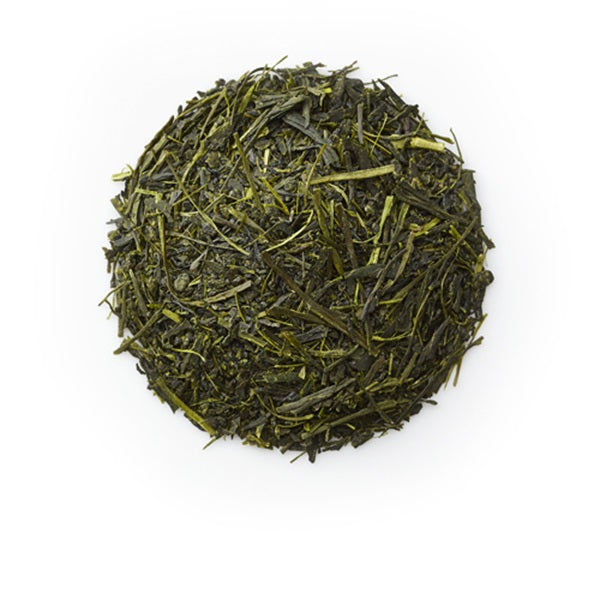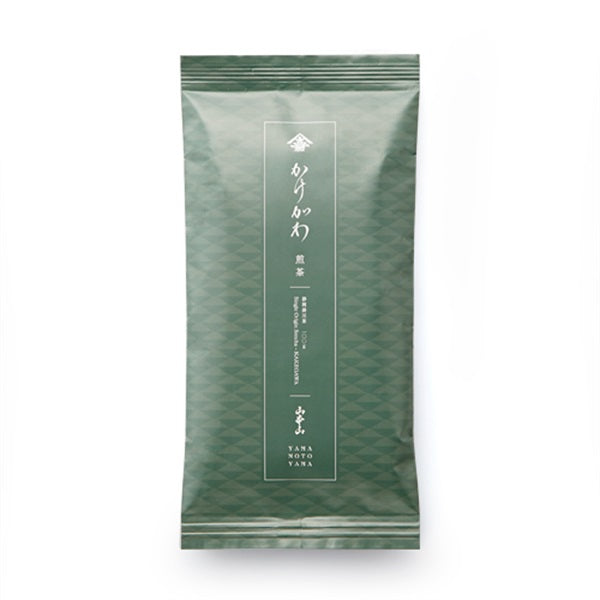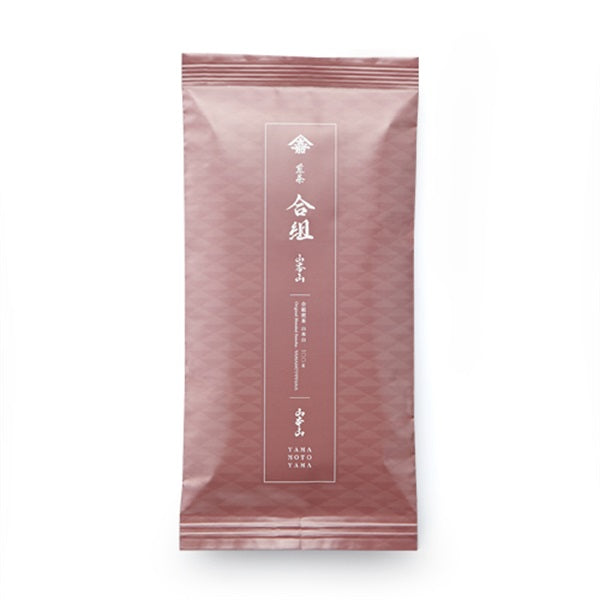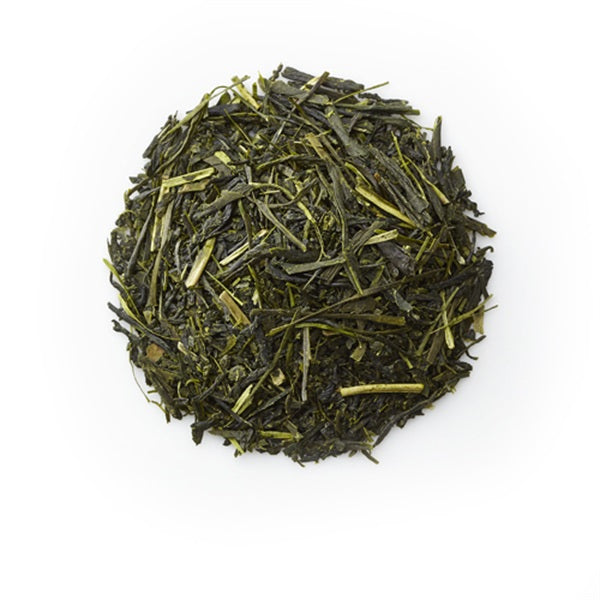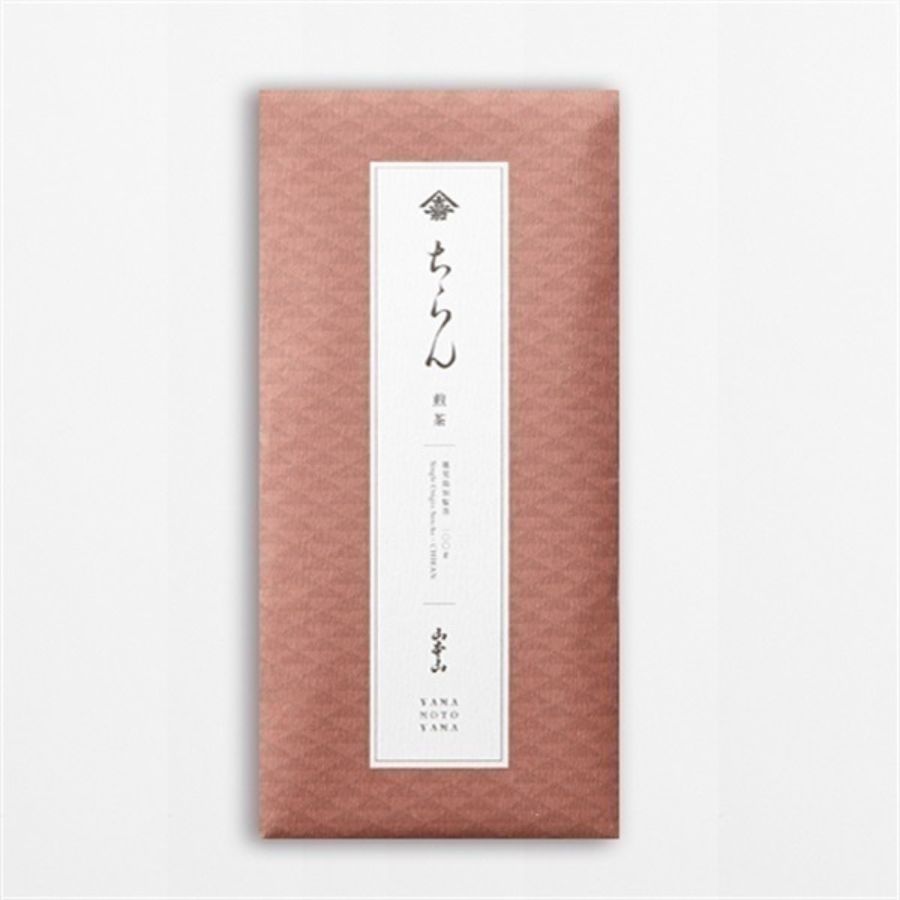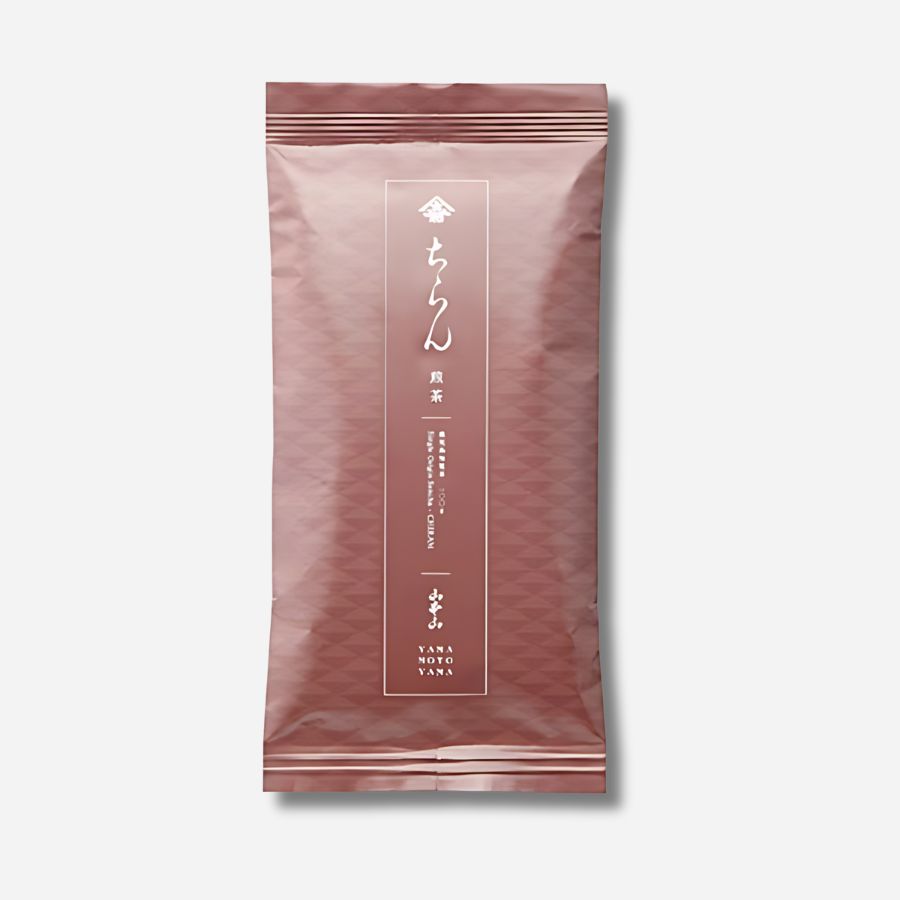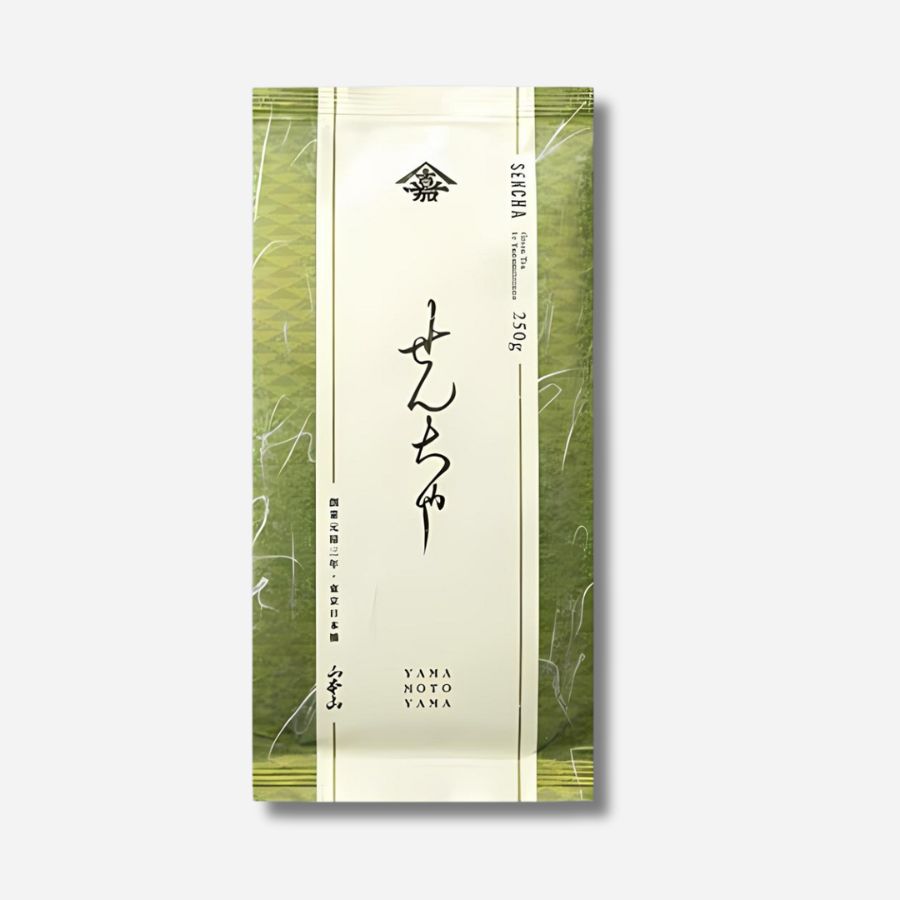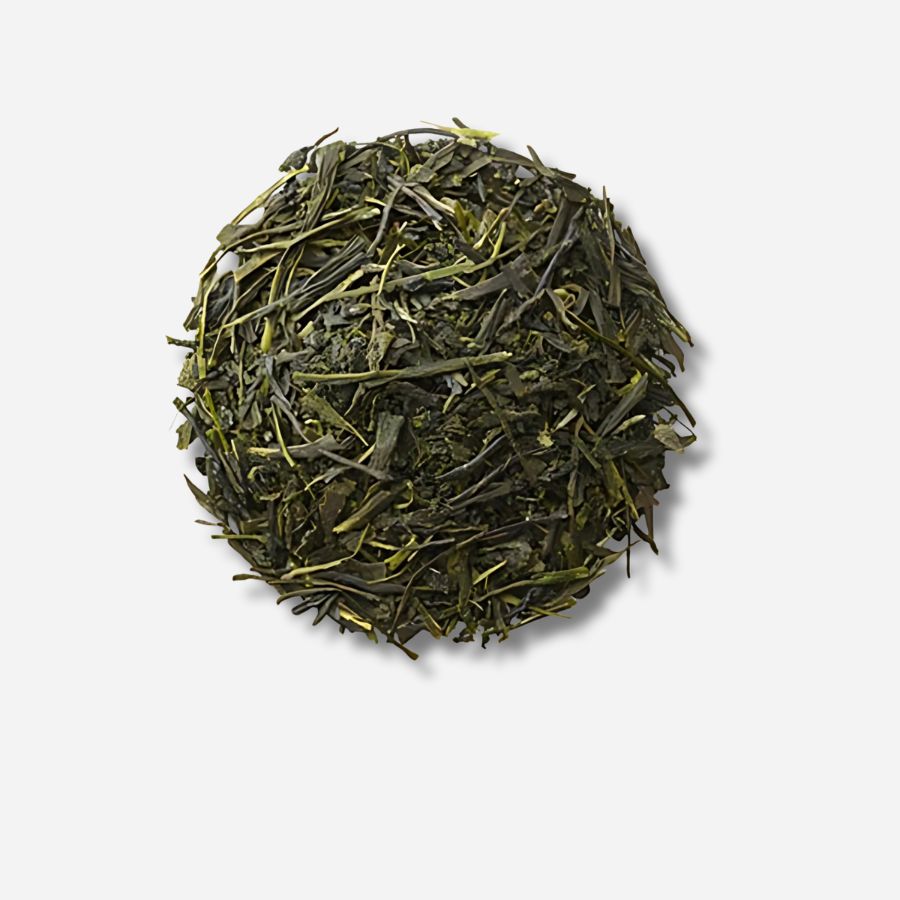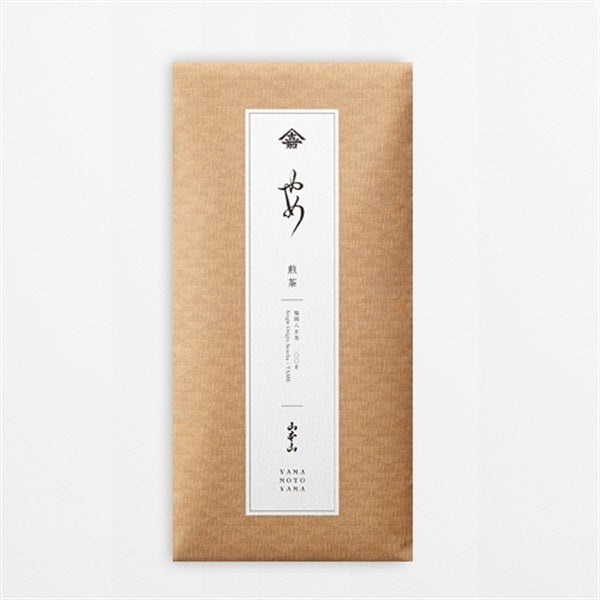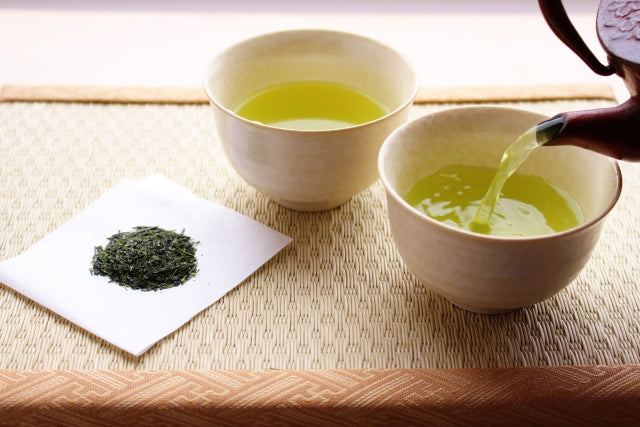
7 steps to brew regular sencha! There are only 4 important points
Introduction
There are many different types of tea, but in this article we will introduce the basic brewing method for sencha, the most commonly consumed tea in Japan.
Sencha is a tea that is primarily enjoyed for its umami flavor, so it is best to brew it at a low temperature, not with boiling water. Brewing it at a high temperature will destroy the natural coloring and result in an unpleasant taste.
Although it depends on the type of tea leaves, it is recommended to brew regular sencha at a low temperature of 70-75 degrees.
Please note that the basic brewing method is the same for other teas such as gyokuro and kabusecha.
However, the optimum temperature and time will vary, so just experiment and enjoy.

What you need (for one person):
- Tea utensils for the number of people
- Hot water: 150ml (70-75℃)
- Tea leaves: 3g-4g
- Steeping time: 1.5-2 minutes

7 steps to brew regular sencha
1. Prepare tea utensils appropriate for the number of people
First, prepare a teapot large enough to hold hot water for the number of people in the party, and teacups for each person.
2. Prepare the right amount of tea leaves for the number of people
Prepare the amount of tea leaves for the number of people, aiming for about 3-4 grams per person. However, if you are serving one person, use a little more, and if you are serving 5 or more people, use less, about 2g per person.
3. Pour boiled water into the teacup.
First, boil water for about 5 minutes and pour it from the kettle into the teapot, and then from the teapot into the teacups.
This allows you to warm the teapot and teacup, measure the amount of water, and cool the water down at the same time.
By transferring the water twice, the temperature will drop to about 80-85℃. The optimum temperature varies slightly depending on the type of tea, but for Sencha, the optimum temperature is approximately 70-80℃.
4. While the water is cooling in the teacup, add the tea leaves to the teapot.
Discard the excess water remaining in the teapot and add the tea leaves. Use 2 tablespoons (about 3-5 grams), or about one teaspoon or spoonful per person.
5. Transfer the cooled water from the teacup into the teapot
The water in the teacup, which has now cooled slightly, is then poured back into the teapot. This is the third transfer, and the water temperature will be just around 75°C.
6. Steam for 1 to 2 minutes.
For regular sencha, it is approximately 1-2 minutes, but this varies depending on the type of tea leaves, so please check the information on the package for details.
By the way, tea leaves absorb about four times as much water, so prepare extra hot water to account for that. The key to brewing the first cup is when the tea leaves are about 80-90% open.
7. Pour in several portions
First, pour about one-third of the hot water into the teacup. Then, pour the same into the next cup (this is called "mawashi-pouring").
Pour tea in small portions rather than all at once to bring out the full flavor of the tea. Pour tea alternately into the tea bowls so that the amount and color of the tea is even. 
4 things you should avoid if you want to enjoy delicious sencha tea
Below are four points to keep in mind when brewing delicious regular sencha.
1. Don't shake the teapot
Although it's tempting to do this, swirling the teapot after pouring in the hot water in an attempt to bring out the color and flavor in a stronger way is a no-no as it will cause unpleasant flavors.
This causes not only the umami components of the tea but also the bitter and astringent components to dissolve.
Take your time and allow the tea leaves to naturally unravel and the elegant flavor of the tea to dissolve into the hot water.
2. Instead of pouring everything at once, pour in small swipes
When you brew tea, you should always pour it in a circular motion rather than pouring it into each tea bowl one by one. For example, if you have three tea bowls, A, B, and C, you should pour it in a circular motion in the following order: A→B→C, C→B→A, A→B→C. This makes it easier to adjust the strength and amount.
Even if you are pouring into one teacup, be sure to pour in multiple batches.
When comparing tea poured into one teacup in one, two, or three pours with tea poured all in one go, the latter will taste a bit watery and be a lighter color.
3. Pour until the last drop
The most important thing when brewing tea is to pour out all the tea until the last drop.
Even if you feel like you've used too much hot water, be sure to pour until the very last drop. It is said that the last drop is the most valuable, as it is the most flavorful and nutritious.
Also, when brewing tea, it is common to brew a second infusion, but if the water is not properly removed from the first infusion, the second infusion will end up being very bitter or astringent.
If left for a while, the tea leaves will oxidize and the flavor will deteriorate.
If you measure the amount of hot water into a teacup first, you won't end up with too much and not being able to pour it all. Make sure to pour everything down to the last drop.
4. Once you have finished pouring, move the lid of the teapot.
If you leave the lid on the teapot after pouring the first brew, the steam will cause the tea leaves inside to open up, which will cause the second and subsequent brews to be bitter or astringent.
Once you have finished pouring, remove the lid and move it slightly to avoid the tea leaves becoming too steamy by releasing the heat from inside the teapot.




